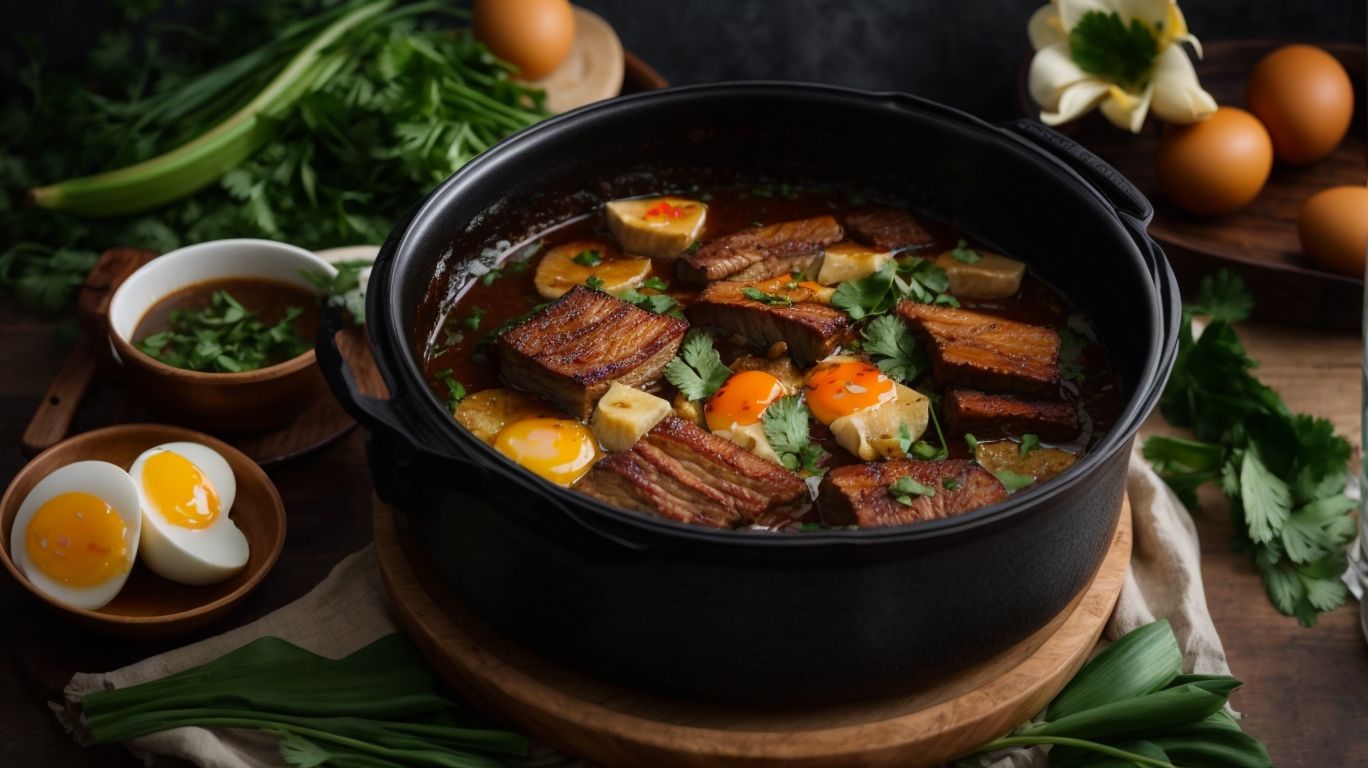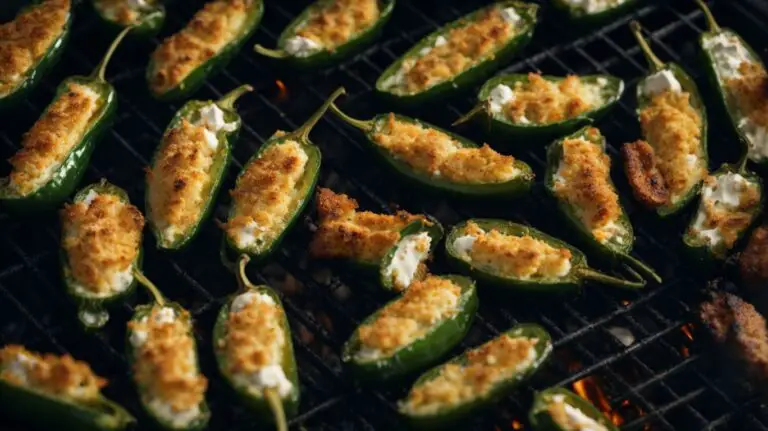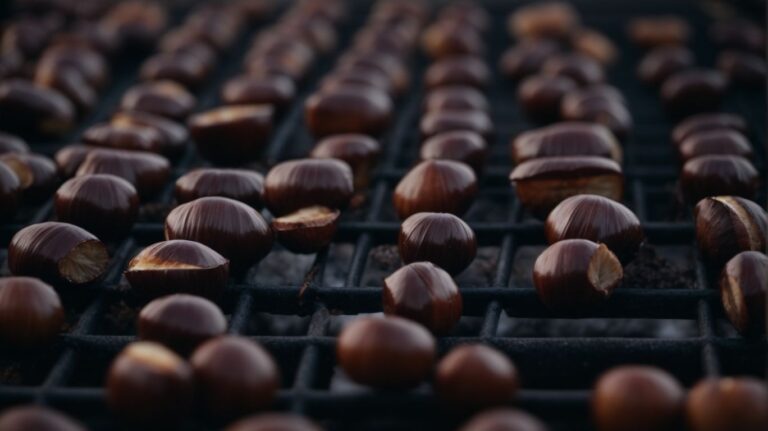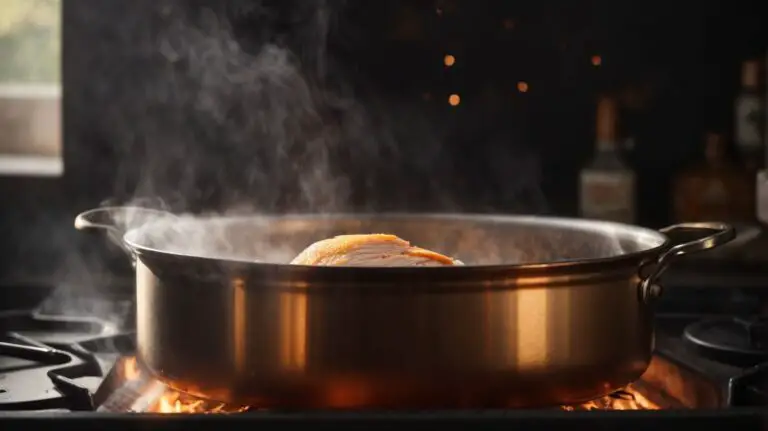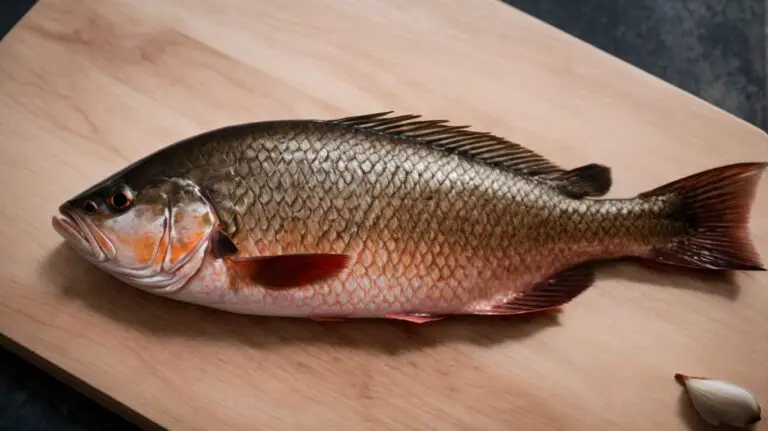How to Cook Humba?
Are you curious about what exactly Humba is and how to cook this delicious Filipino dish?
From its rich history to regional variations, this article covers everything you need to know about Humba.
We’ll discuss the key ingredients, different meat options, and detailed instructions on how to prepare and cook Humba.
Whether you’re a seasoned chef or a cooking novice, this guide will provide you with tips and tricks for creating the perfect Humba dish.
Stay tuned for serving suggestions and pairing ideas to elevate your culinary experience!
Key Takeaways:
What is Humba?
Humba is a savory and flavorful dish originating from Filipino and Chinese culinary influences, known for its perfect balance of sweet and salty flavors in tender meat.
One of the defining characteristics of Humba is the cooking process, where the meat, traditionally pork belly or shoulder, is braised in a mixture of soy sauce, vinegar, sugar, garlic, and various spices.
This slow cooking method allows the flavors to meld together, creating a rich and complex taste that is both comforting and satisfying.
The tender texture of the meat is a result of simmering the dish for an extended period, allowing it to become succulent and easily melt-in-your-mouth.
The infusion of Filipino and Chinese culinary techniques brings a unique twist to traditional braised dishes, making Humba a standout dish in the culinary landscape.
History of Humba
The history of Humba traces back to the culinary exchange between Chinese and Filipino communities, resulting in a traditional dish that reflects the cooking processes and recipes of both cultures.
This flavorful stew, known for its tender pork and distinctive sweet-sour taste, showcases the fusion of Chinese and Filipino culinary techniques. In Chinese cuisine, the use of soy sauce and star anise imparts rich umami flavors, while the Filipino touch brings in the sweetness with ingredients like brown sugar or banana blossoms.
Humba is typically prepared by braising pork belly or hocks in a savory-sweet sauce until the meat is fork-tender and infused with all the aromatic spices. The slow cooking process allows the flavors to meld harmoniously, creating a truly delectable dish that has stood the test of time.
Regional Variations of Humba
Humba showcases diverse regional variations, from Chinese adobo-inspired renditions to unique Visayan adaptations, reflecting the culinary journeys of Chinese immigrants and regional preferences.
Chinese immigrants have played a significant role in shaping the flavors of Humba across different regions, blending their traditional cooking techniques with local ingredients and tastes. In various parts of the Philippines, you can find distinct versions of Humba that have been influenced by the Chinese adobo method, resulting in a delightful fusion of savory and sweet flavors.
For example, in Visayan regions, you may encounter Humba dishes that incorporate coconut milk or additional spices, giving them a distinct regional twist that sets them apart from other variations. These adaptations not only showcase the diversity of flavors within Filipino cuisine but also highlight the creativity and adaptability of local cooks to incorporate different culinary influences.
Ingredients for Humba
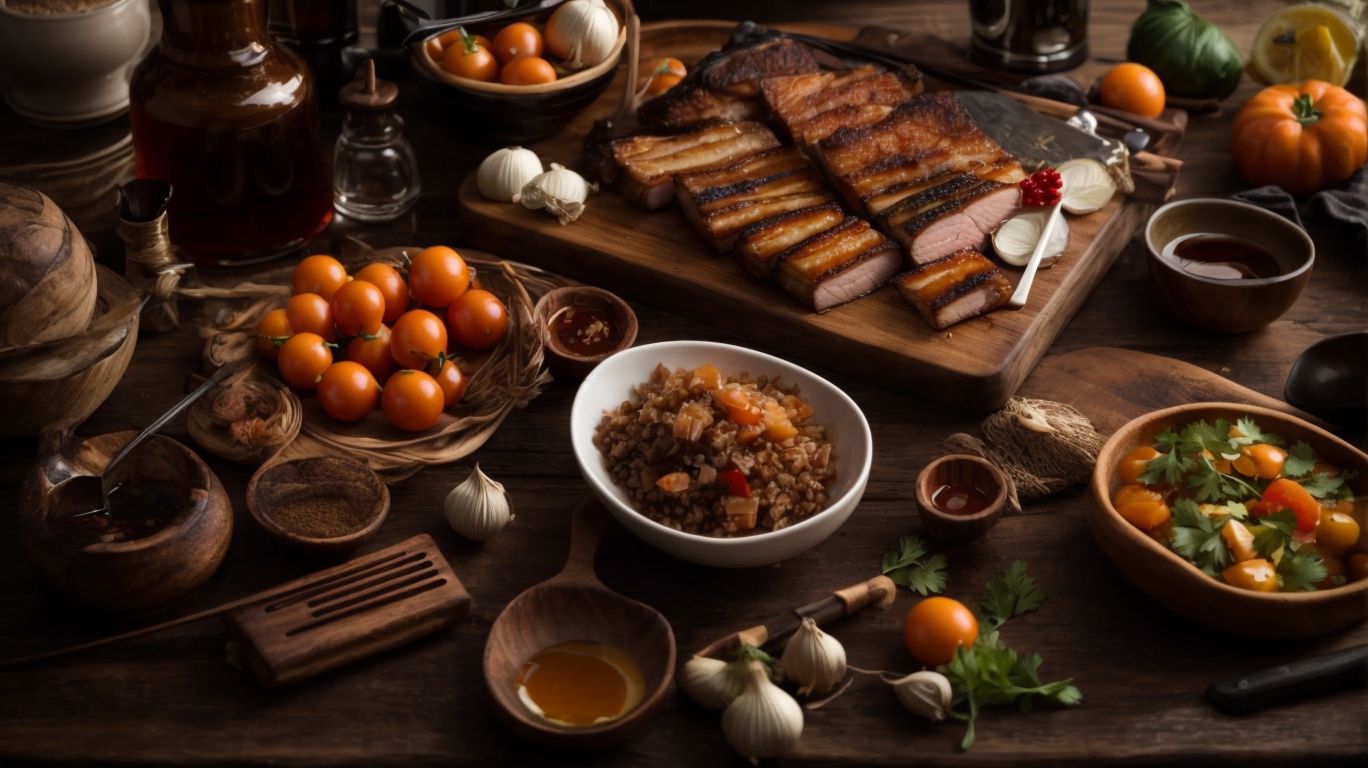
Credits: Poormet.Com – Eugene Allen
The key ingredients for preparing Humba include succulent pork belly, soy sauce, vinegar, brown sugar, black beans, star anise, pineapple juice, garlic, and onions, offering a harmonious blend of flavors.
In Humba, each ingredient plays a crucial role in creating this Filipino dish’s rich and savory profile. Soy sauce infuses the pork with a deep umami taste, while vinegar provides a subtle tanginess that balances the sweetness of brown sugar. The addition of black beans adds a unique texture and earthy undertones, complementing the aromatic notes of fragrant star anise. The use of pineapple juice adds a hint of sweetness and a touch of acidity, enhancing the overall complexity of flavors.
Meat Options for Humba
When selecting meat options for Humba, pork belly stands as the traditional choice, although variations such as pork leg, hocks, and shoulder can also be used to achieve unique textures and flavors.
While pork belly offers a rich and fatty profile that melts in your mouth, pork leg provides a leaner meat with a slightly firmer texture. On the other hand, hocks bring a gelatinous richness to the dish, ideal for adding depth to the sauce. If you prefer a more substantial and meaty bite, the shoulder cut, with its marbling and tenderness, can be a flavorful substitute.
Each cut of meat contributes its distinct characteristics to the dish, enhancing the overall taste and mouthfeel. Experimenting with these different options allows for a personalized touch to your Humba recipe, catering to various preferences among your diners.
Other Ingredients for Humba
Plus the main ingredients, Humba incorporates a medley of spices, bay leaf, and water to create a rich and aromatic sauce that exemplifies the fusion of Chinese-Filipino culinary traditions.
The spices used in Humba, such as black pepper, garlic, and onions, infuse the dish with layers of warmth and complexity. The distinct flavor of the bay leaf adds a subtle earthy note that complements the sweetness of the pork and balances the overall taste profile. The water acts as a base for simmering the ingredients together, allowing the flavors to meld and intensify over time, resulting in a succulent and flavorful dish that is a staple in many Chinese-Filipino households.
How to Prepare the Meat for Humba?
Preparing the meat for Humba involves marinating the chunks of meat in a flavorful blend of ingredients, followed by searing to enhance the flavors before commencing the cooking process.
Marinating the meat is a crucial step in ensuring that the flavors penetrate deep into the fibers, tenderizing and infusing it with a rich taste. The marinade, typically consisting of soy sauce, palm sugar, garlic, and other spices, needs time to work its magic, ideally overnight in the refrigerator. Once marinated, the meat is then seared in a hot pan or pot to create a caramelized crust, locking in the juices and intensifying the flavor profile.
Marinating the Meat for Humba
Marinating the meat for Humba entails infusing it with a flavorful combination of garlic, sugar, peppercorn, black beans, pineapple juice, and banana blossoms to enhance its taste and tenderness.
Garlic, known for its aromatic properties, adds depth to the flavor profile of the dish and helps in tenderizing the meat as well.
Sugar not only balances the savory notes but also aids in caramelization during cooking, creating a rich, savory-sweet taste.
Peppercorn introduces a subtle heat and earthiness, complementing the other seasonings and providing a gentle kick to the dish.
Black beans bring an umami richness and depth, further enhancing the overall taste complexity of the Humba.
The fruity sweetness of pineapple juice tenderizes the meat and adds a tangy brightness to the dish.
Banana blossoms, with their delicate texture, infuse a unique floral note and contribute to the overall richness of flavors in the marination.
Alternatives to Marinating
For those seeking alternatives to marinating, options like Chinese red braised pork belly provide a pre-seasoned meat base with rich flavors that complement the cooking process, offering a different take on traditional adobo flavor profiles.
Chinese red braised pork belly, with its robust seasoning and succulent texture, serves as a convenient choice for those looking to skip the marination step in preparing Humba. The deeply savory and slightly sweet notes in the braised pork add depth and complexity to the dish, enhancing the overall taste experience.
By utilizing this pre-seasoned meat base, home cooks can streamline their cooking process while still achieving that signature adobo taste. The flavors from the Chinese red braised pork infuse the dish with a distinct richness, elevating the familiar adobo profile with an added layer of complexity.
How to Cook Humba?
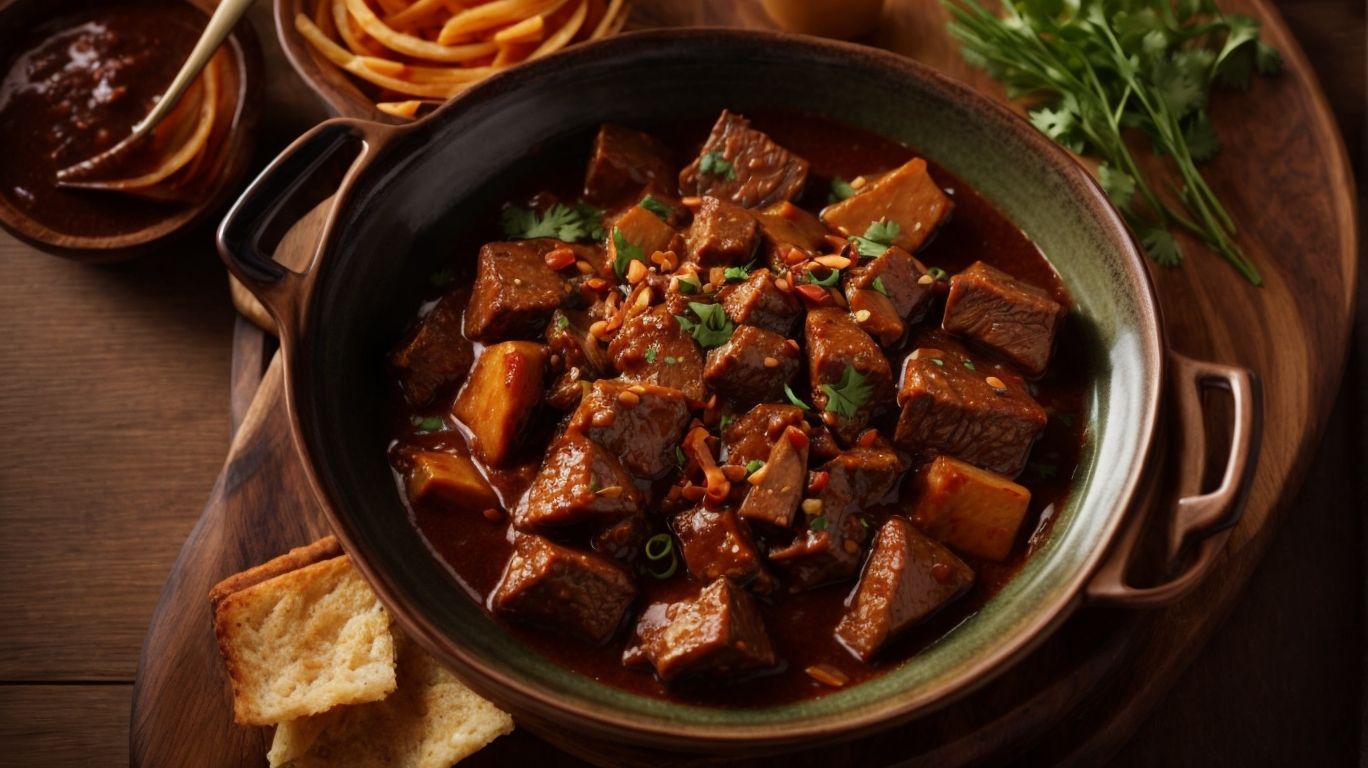
Credits: Poormet.Com – Terry Nguyen
Cooking Humba involves a combination of pressure cooking techniques, simmering with ham hock, and soaking the meat in rich flavors, drawing inspiration from traditional Chinese red braised pork belly methods.
Traditionally, the process of cooking Humba begins by searing the meat to lock in the flavors. The ham hock is then added to the pot, infusing the dish with a deep, savory undertone. Following this, a mixture of soy sauce, vinegar, sugar, and black beans is poured over the meat, creating a luscious marinade. The pressure cooking method works its magic, tenderizing the meat while allowing the flavors to meld beautifully. This technique mirrors the slow-cooking method used in Chinese cuisine, where ingredients slowly simmer to perfection.
Step-by-Step Instructions for Cooking Humba
Follow these step-by-step instructions for cooking Humba to achieve a delectable dish that embodies the essence of Chinese cuisine with its rich flavors and tender meat.
Begin by gathering the necessary ingredients for Humba, which typically include pork belly, soy sauce, vinegar, garlic, onions, black beans, and bay leaves to infuse the dish with its signature flavors.
- Next, marinate the pork belly in a mixture of soy sauce, vinegar, and garlic, allowing the meat to absorb the marinade’s savory notes for at least an hour to enhance its taste.
- When ready to cook, sauté the marinated pork belly until it turns golden brown, then add the onions, black beans, and bay leaves to heighten the dish’s aromatic essence.
Tips and Tricks for Perfect Humba
Enhance your Humba culinary skills with these tips and tricks for perfecting the dish, including advice on leftover storage, preparation as a make-ahead dish, and ways to elevate your Humba-making experience.
In terms of storing leftover Humba, make sure to transfer it to an airtight container to maintain its flavors and prevent it from absorbing other odors. Refrigerate the dish promptly to prolong its freshness and avoid any risk of spoilage.
To prepare Humba as a make-ahead dish for busy days, consider cooking a larger batch and storing individual portions in the freezer. Simply thaw and reheat whenever the craving strikes, saving you time and effort while still enjoying a delicious meal.
To enhance your overall Humba experience, experiment with adding different ingredients like star anise, pineapple chunks, or even a splash of vinegar to customize the flavor profile to your liking. Don’t be afraid to get creative and adjust the seasoning levels to suit your taste preferences.
Serving and Pairing Suggestions for Humba
When serving Humba, consider traditional presentation styles and pairing suggestions to complement the dish’s rich flavors, textures, and recipe notes for an authentic culinary experience.
Humba, a traditional Filipino stew renowned for its savory-sweet taste and tender meat, is best served hot, in a deep bowl that allows the flavorful sauce to mix with steamed rice. The succulent pork, soy sauce, vinegar, and palm sugar create a harmony of flavors that pairs well with tangy pickled vegetables on the side. For a complete meal, a simple cucumber and tomato salad adds a refreshing contrast to the richness of the dish. Consider balancing the dish’s depth with a light dessert, like coconut pudding or fresh fruit, to cleanse the palate and round off the dining experience.
Traditional Ways to Serve Humba
Explore the traditional ways to serve Humba, accentuating the dish’s rich sauce, bold flavors, and succulent meat textures that characterize the essence of Chinese-Filipino cuisine.
In terms of serving Humba in traditional Chinese-Filipino styles, there are a few key elements at play. The sauce, which is typically made with a blend of soy sauce, vinegar, sugar, and various spices, is crucial in achieving that perfect balance of savory, sweet, and tangy flavors.
The meat quality is equally important in defining a remarkable Humba dish. Usually, pork belly or pork hocks are used, allowing the meat to absorb the flavors of the sauce while remaining tender and flavorful.
The final touch lies in the cooking process, where the meat is slow-cooked until it reaches a melt-in-your-mouth consistency. This method not only ensures a captivating aroma but also enhances the overall texture of the dish.
Recommended Side Dishes for Humba
Discover the ideal side dishes to pair with Humba, enhancing the overall flavors and culinary experience, with a focus on recipe notes, cooking instructions, and spice combinations that elevate the dining experience.
In terms of complementing the rich and savory taste of Humba, consider serving it with a side of fluffy steamed white rice. The simplicity of rice acts as the perfect canvas to soak up the flavorful Humba sauce, balancing out the dish. If you’re looking to add more texture, you can opt for some crisp stir-fried vegetables like bok choy or snap peas, adding a refreshing crunch to each bite.
For those craving some heat, a side of tangy pickled vegetables or a zesty papaya salad can bring a contrasting element to Humba’s sweetness. The acidity and freshness from these sides can cut through the richness of the pork, creating a well-rounded meal experience.
Frequently Asked Questions
What is Humba?
Humba is a popular Filipino dish that is often compared to adobo. It is made with pork belly or pork hocks braised in a sweet and savory sauce.
What ingredients do I need to cook Humba?
The main ingredients for Humba include pork belly or pork hocks, soy sauce, vinegar, brown sugar, garlic, and other spices like bay leaves and pepper.
How do I prepare the pork for Humba?
If using pork belly, cut it into bite-sized pieces. If using pork hocks, leave them whole. Make sure to remove excess fat and skin from the pork before cooking.
What is the best way to cook Humba?
The traditional way to cook Humba is to braise the pork in the sauce for 1-2 hours or until the pork is tender. However, you can also use a pressure cooker or slow cooker for a faster cooking time.
Can I substitute pork with other meats for Humba?
Yes, you can use chicken or beef for Humba. However, it may change the overall taste and texture of the dish.
What are some suggestions for serving Humba?
Humba is best served with steamed rice and topped with hard-boiled eggs and green onions. You can also serve it with a side of vegetables or pickled papaya for a refreshing contrast to the rich and savory flavors of Humba.

